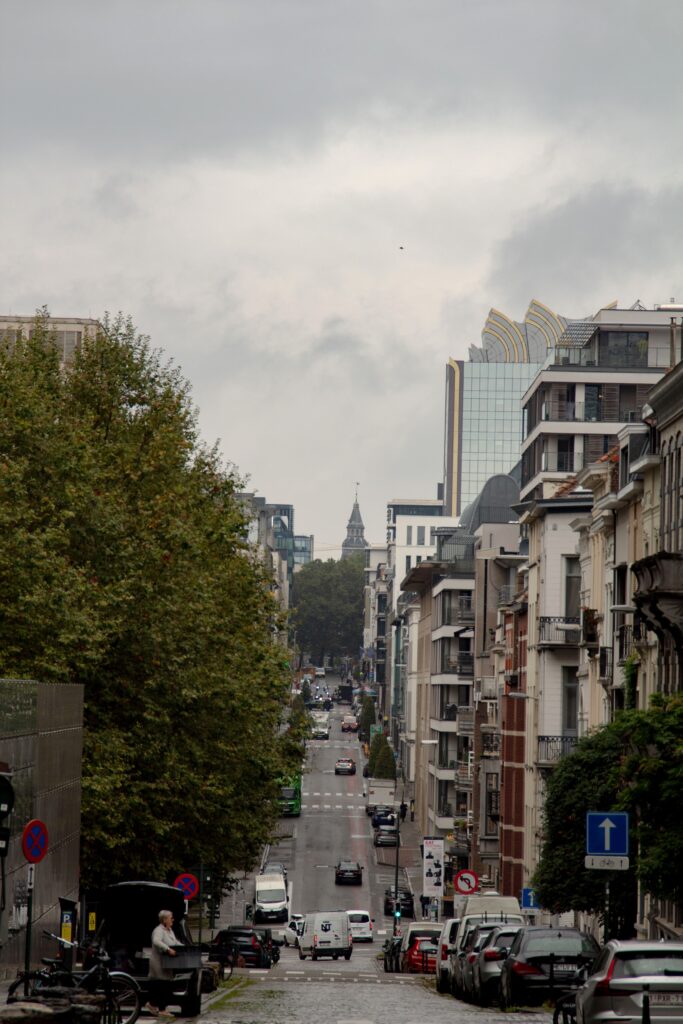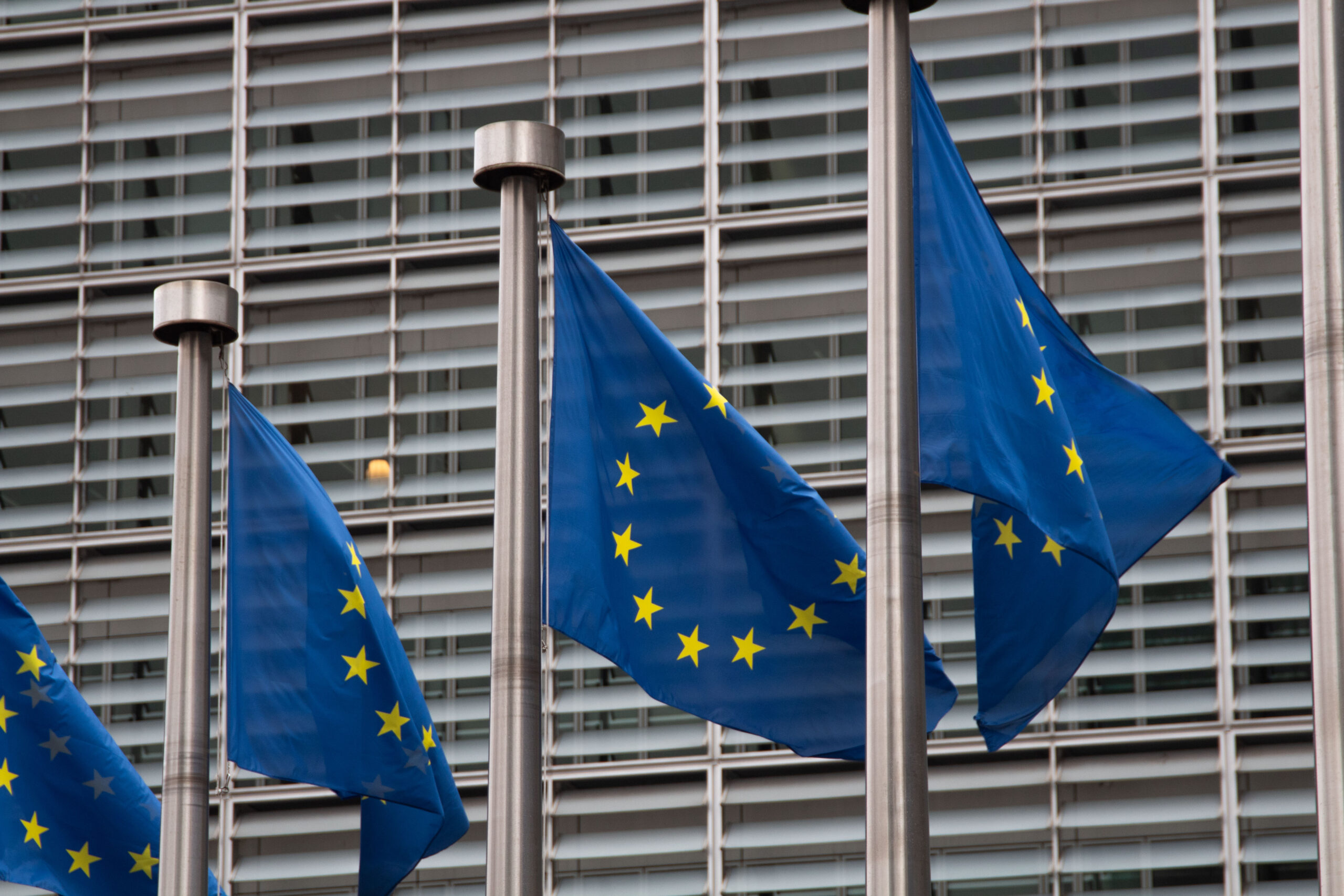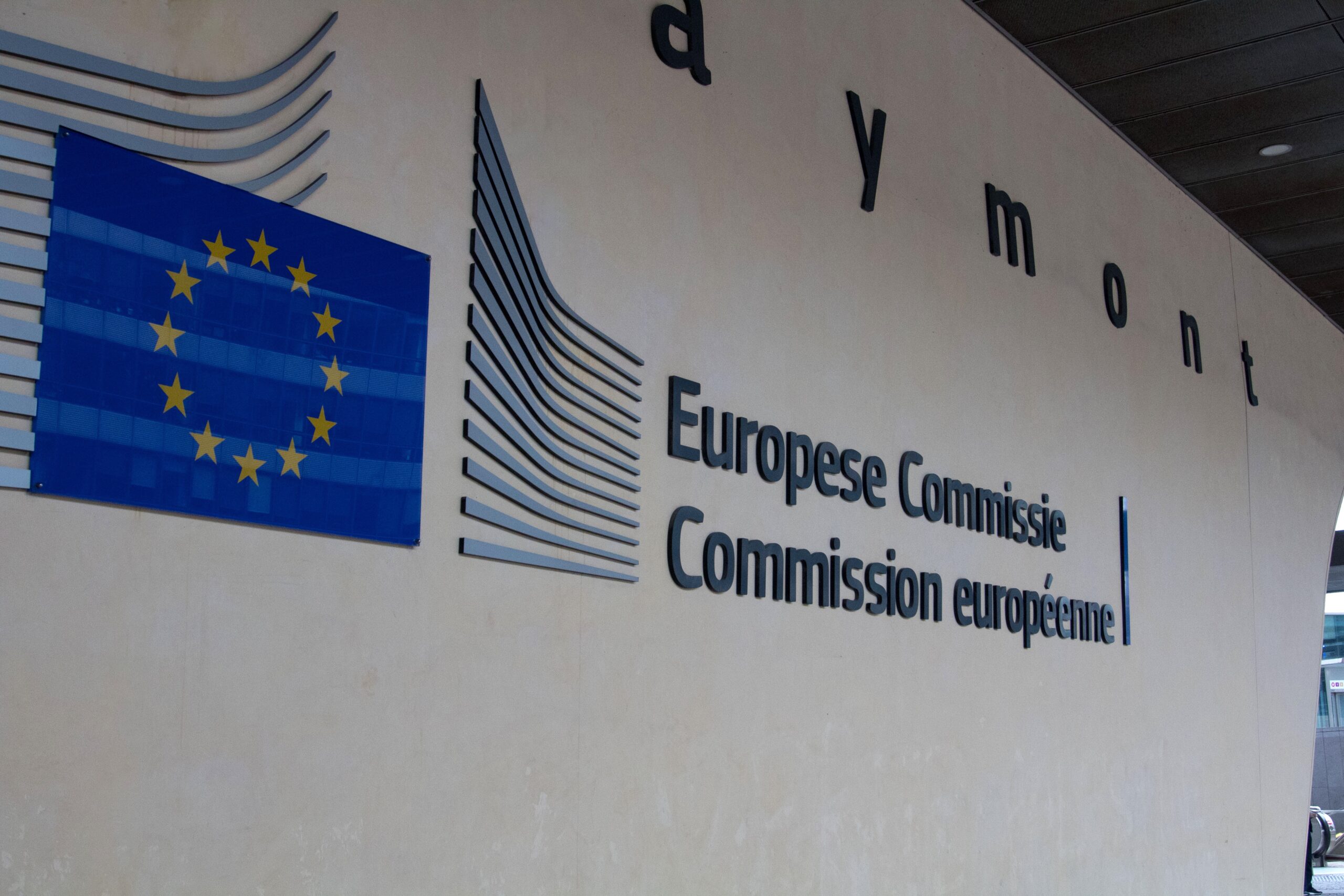A New Era for the European Green Deal: What Challenges are Expected in Its Financing?
The European Green Deal aims to achieve climate neutrality by 2050, but faces significant hurdles in financing, political coordination, and effective policy implementation.
The European Green Deal (EGD) is the European Union’s (EU) roadmap to achieving climate neutrality by 2050. However, turning this vision into reality presents significant challenges, particularly in terms of financing, political coordination, and the effective implementation of policies across Member States. The success of the EGD will hinge not only on a trillion euros in investment but also on strategically allocating resources, mobilizing private capital, and navigating the complex political landscape of the EU.
Alex Braley, Sustainability Advocate at SustainablePublicAffairs and expert on circular economy and sustainable finance, shares his insights on the challenges and complexities of financing the Green Deal.
The Financial Foundation: A Trillion-Euro Investment
The European Commission estimates that achieving the EGD’s goals will require an investment of around €1 trillion over the next decade. This figure includes a blend of public and private funds, with the EU leveraging its budget to mobilize additional investments from Member States, financial institutions, and the private sector.
To ensure these resources are allocated effectively, EU funds are organized according to their management structure. Some are managed directly by the European Commission and its executive agencies (‘direct management’), while others are handled by entrusted institutions like the European Investment Bank (EIB) (‘indirect management’). Additionally, there are funds under ‘shared management,’ where the Commission and national authorities jointly manage the funding.
One of the most significant sources of funding is the Multiannual Financial Framework (MFF). It operates on a seven-year cycle and, along with the EU institutions’ operational budget, is primarily composed of financing instruments designed to support various EU policies. MFF for 2021-2027 allocates approximately €503 billion—or 30% of the total expenditure from MFF—to climate-related projects.

As a response to the COVID-19 pandemic and its consequent socioeconomic challenges, the Commission introduced an additional temporary recovery plan: the ‘NextGenerationEU’. This program highlights how the EU adapts its financial tools to address evolving challenges, though it also underscores the complexity of aligning these tools with long-term Green Deal objectives.
In the previous MFF (2014-2020), the European Commission aimed to integrate climate change across all spending areas, setting a 20% target for climate-related expenditure. Alongside the €530 billion allocated from the MFF, NextGenerationEU contributes an additional €275 billion towards green initiatives, amounting to 30% of its total budget.
However, Braley emphasizes that financial commitment is not merely about securing funds but also about ensuring their effective allocation. “What will be crucial is not only the number of resources the European Commission receives but also how much each Directorate-General is allocated,” he says. “The implementation of the Green Deal covers many areas—from energy to circular economy to financing. If there are not enough civil servants allocated to deliver these processes, it will take a considerable amount of time.”
Empowering the Directorates-General: A Crucial Step for Green Deal’s Success
The Directorates-General (DGs) are critical to the success of the European Green Deal, responsible for translating broad political goals into specific policies and regulations. The Directorate-General for Environment (DG ENV) is the one in charge of managing the eco-design framework, which allows the European Commission to set eco-design standards for products.
However, as Braley notes, “DG ENV is one of the smaller DGs, so having the resources to manage that process will be challenging.” The Ecodesign for Sustainable Products Regulation allows the European Commission to set laws for eco-design criteria, but only on a product-by-product basis, making the process slow and resource-intensive. This raises a critical question: do the DGs have enough capacity to meet the demands of the EU Green Deal? If not, then it becomes imperative to find ways to increase the DGs’ resources and involve more stakeholders throughout this complex process.
The effectiveness of these DGs becomes even more critical when considering the financial and political complexities surrounding the Green Deal. The challenges of budget allocation and resource constraints in a politically fragmented EU further complicate this process. Ensuring that the DGs are sufficiently resourced is not just a matter of internal efficiency but rather is deeply intertwined with the broader challenge of securing and wisely allocating funds in a rapidly changing political landscape.
The Political Dynamics and Budget Challenges
The EU is approaching the renewal of its 2021-2027 budget for the next seven years. The early expenditure of substantial funds through NextGenerationEU in the wake of COVID-19 now raises challenges for securing additional resources for the Green Deal. The shifting political landscape of the EU further amplifies this issue. The challenge is then clear: how to secure additional resources for the Green Deal in a politically fragmented EU.
“The issue now, of course, is with the new political dynamics after the European elections. It will be very difficult to say we should have all resources for the EU— even more so, to say DG ENV needs more staff to deliver everything, or Directorate-General for Climate Action (DG CLIMA) needs more staff to deliver everything that’s been agreed on,” Braley explains. With the European Conservatives and Reformists (ECR) gaining influence in key committees, increasing the EU budget for climate action will be more challenging than ever.

Moreover, as Braley points out, the European Commission is not completely responsible for the EU budget. “The Commission directly controls about 20% of the budget, allowing it to focus on implementation where it has the authority to allocate funds effectively,” he says. “However, about 80% of the budget falls under what is known as shared management, where national and regional governments ultimately decide how funds are allocated to specific projects.” This shared management system can lead to misalignment between EU-wide goals and local priorities, further complicating the Green Deal’s implementation. This complexity underlines the importance of not just public funding but also the strategic mobilization of private capital.
Mobilizing Private Capital Beyond Public Funding
Given the constraints on public funding, the European Green Deal emphasizes the importance of mobilizing private capital. The Sustainable Finance Taxonomy is a key tool in this effort, providing clear guidelines on what constitutes a “green” investment. The EU has also proposed the establishment of a green facility that would act as a guarantee to unlock private investments, similar to the Juncker Plan‘s approach (which used EU funds to reduce the risk for private banks and encourage investment in the economy).
Braley underscores the importance of this approach: “There is a big focus on mobilizing private capital because public funding alone can’t meet the funding requirements. That is why there is a big emphasis now on completing capital markets union, which aims to deepen and integrate the capital markets of EU Member States. There is a proposal for a savings and investments union, which seeks to channel more of Europeans’ savings into long-term investments, particularly in sustainable projects—we have to see how that unfolds.”
We are supporting everything, and by supporting everything, we are not really supporting anything.
However, Braley warns of the risks associated with spreading resources too thinly: “The EU tends to be overly cautious. Take the Net-Zero Industry Act (NZIA) as an example: rather than clearly defining the key technologies to prioritize and scale up, it became a list shaped by various lobbying efforts. As a result, we missed the opportunity to make a truly strategic decision. We are supporting everything, and by supporting everything, we are not really supporting anything.” This observation leads us to consider how EU competition and procurement policies could further support the Green Deal’s ambitious goals.
Driving Sustainability Through EU Competition and Procurement
Another important aspect of the Green Deal’s implementation is competition policy. Historically, the EU’s competition law has focused on preventing any single entity from dominating the market. However, as European companies face increasing global competition, there is a growing recognition that the EU may need to build “European champions”: that is, large companies capable of competing internationally.
Braley points out that public procurement, which accounts for 14% of the EU’s GDP, could be a powerful tool to drive demand for sustainable products. “Procurement could be leveraged to purchase more sustainable products, even if they come at a higher cost this will create the lead markets we need,” he explains. This approach could stimulate demand and eventually lower prices, as economies of scale are achieved in the production of sustainable products. Higher initial costs are often due to smaller production scales, but as demand grows, production costs would decrease, making these products more competitive.
As we consider these strategies, it is crucial to also examine the role of Europe’s banking strategy in supporting the Green Deal’s financial needs.
The Road Ahead: Shifting Europe’s Banking Strategy
Certain EU funds, especially the financial instruments they include, are centrally managed by entrusted financial institutions like the EIB or by other implementing partners, such as national development banks.
The EU deposits its €190 billion annual budget in some of the world’s most polluting banks, which then issue loans for activities that often undermine the EU’s climate and social goals.
The EU deposits parts of its €190 billion annual budget in some of the world’s most polluting banks. These banks then use these funds to issue loans, often for activities that undermine the EU’s climate and social goals. As stated by Braley, there is, however, a straightforward, transforming shift that requires no additional resources: depositing the EU budget’s funds on banks that can leverage them for climate and social initiatives. At the very least, the portions of the EU budget dedicated to climate, environmental, and social goals—such as the Innovation Fund, LIFE Fund, and Social Climate Fund—should be entrusted to banks that align with these objectives.

Members of the Global Alliance for Banking on Values (GABV), FEBEA, or the Sustainable Banking Coalition, offer partnerships capable of driving this shift, Braley says. Additionally, the Letta Report recommends establishing a specific facility to support the banking sector in funding the climate transition. This could take the form of a European Green Guarantee, with the EIB and the European Commission playing key roles in its implementation.
Braley concludes with a sobering reminder: “What Europe truly needs is a pan-European dialogue. Only political leaders can prepare the public for the inevitable reality that the green transition will result in winners and losers. We must be upfront about this and focus on establishing mechanisms that minimize these disparities.”
To ensure success, a pan-European strategy is needed—one that fosters collaboration among all Member States, harnesses the power of both public and private capital, and strategically directs resources where they are most needed.
As the Green Deal moves from planning to implementation, the challenges of securing sufficient funding, effectively allocating resources, and navigating political dynamics will become increasingly apparent. This bold and necessary initiative demands not only a significant financial commitment but also a concerted effort from all levels of governance and society. The urgency of addressing climate change leaves no room for delay; Europe must act decisively to overcome these challenges and ensure a sustainable future for all. The future of Europe’s climate goals depends not just on bold visions, but on the collective will to see them through. Now is the time for action, collaboration, and unwavering commitment to the Green Deal’s ambitious objectives.